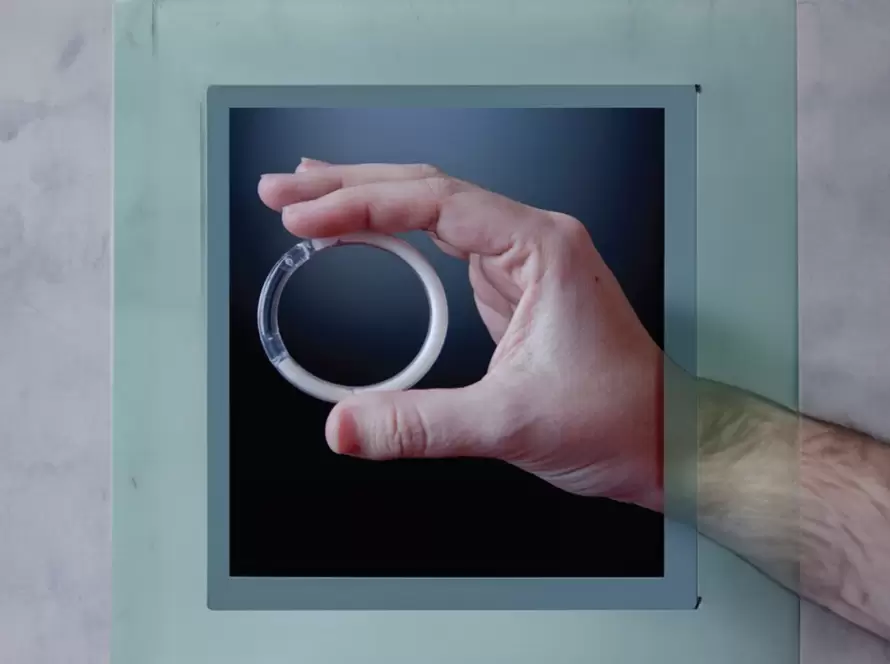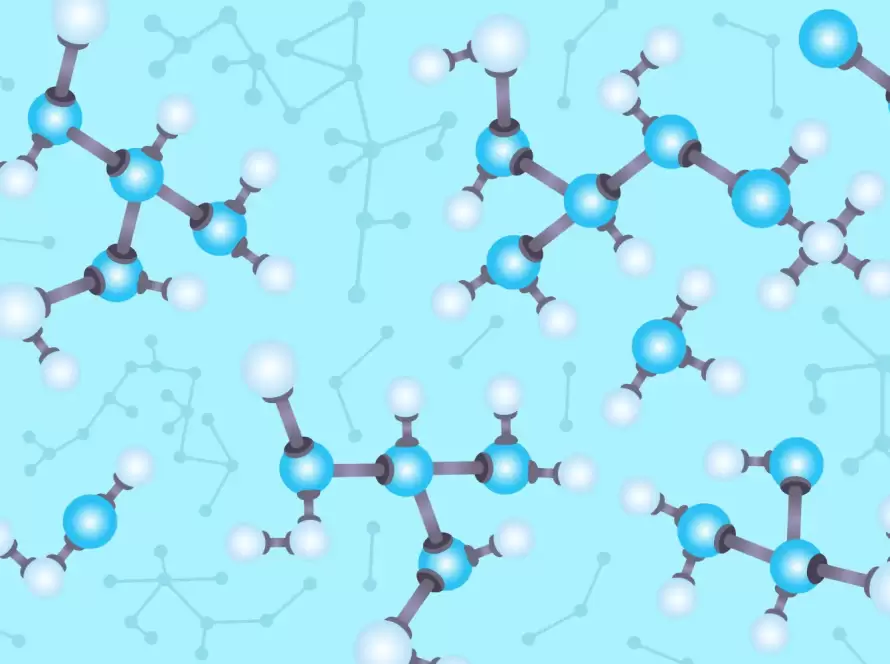Cell and gene therapy belong to the field of biomedical research and is currently categorized as an experimental treatment.
Both these therapies are targeted to treat, prevent, or potentially cure diseases that have no other treatment available. Their use is aimed to alleviate the underlying cause of genetic diseases and acquired diseases. Both cell and gene therapies work differently. Cell therapy treats diseases by restoring or altering certain sets of cells or by using cells to carry a therapy through the body. With cell therapy, cells are cultivated or modified outside the body and then injected into the patient. Gene therapy considers treating diseases by replacing, inactivating or introducing genes into cells. This experimental therapy considers gene introduction either inside the body or outside of the body. The aim is to alter genes in specific types of cells as a part of the therapy. Thus, these therapies are highly customized for an individual patient and the underlying disease condition.
Due to this uniqueness, Cell and gene therapy drugs fall under a novel class of treatments. They have the potential to either cure or dramatically improve the health conditions of patients suffering from serious, often fatal diseases.
Kymriah (tisagenlecleucel) for the treatment of certain types of leukaemia and lymphoma, Provenge (sipuleucel-T) for the treatment of certain types of advanced prostate cancer, Zolgensma (onasemnogene abeparvovec) for the treatment of spinal muscular atrophy in infants, and others are few of the examples of cell and gene therapy drugs.
The cells as well as genetic material are part of living things and are extremely sensitive to temperature changes. To maintain their intrinsic activity, they need specific and rigorous temperature control across the whole supply chain. As a result, the use of cold chain solutions is critical for preserving the quality and efficacy of these cells / gene derived therapy drugs.
Following are a couple of cold chain options for cell and gene therapy drugs:
- Refrigerated storage and transportation: Cell and gene therapy drugs are frequently stored and transported at temperatures that range from 2°C to 8°C. They require cold chain storage systems and must follow the cold chain pharmaceutical logistics.
- Cryopreservation: Cryopreservation is required for several cell and genetherapies, which includes freezing the product at temperatures below -130°C. Cryopreservation can increase a product’s shelf life and enable for long-term storage and transit. This requires use of suitable cryogen such as liquid nitrogen.
- Temperature controlled packaging: This type of packaging is intended to keep an even temperature during both handling systems and cold chain storage systems. To keep the required temperature range, these packaging techniques use insulation, and refrigerants fitted with the proper refrigerant (dry ice, LN2, gel packs, bricks, or bottles).
The effective and efficient cold chain solution is based on several factors such as:
Container closure integrity (CCI): The primary containers should guard against stress factors like vibration, falling, contact with pressure changes, and dye penetrating through the closure after the primary container has been exposed to transportation conditions.
Temperature surveillance and monitoring: Temperature monitoring systems (e.g. data loggers) must be used to display real-time information on temperature and location, enabling for prompt response in the event of a temperature anomaly.
Shipping and management expertise: Shipment, i.e., cold chain pharmaceutical logistics and management methods, must be qualified in order to ensure that the product remains within the appropriate temperature range. This comprises personnel training, the implementation of standard operating procedures (SOPs), and the regular execution of audits.
Liquid nitrogen (LN2 storage), ultra-cold mechanical freezers, dry shippers, palletized storage freezers, mobile storage freezers, sample carriers, and portable cryo-workbench are examples of cold chain technology elements.
The cold chain solutions offer following benefits for cell and gene therapy drugs:
- Cold chain solutions help to maintain the integrity, potency and quality of the cell and gene therapy drugs by keeping them at the correct temperature range. These therapies are extremely temperature sensitive, and even modest variations might result in the loss of therapeutic qualities.
- Proper storage and transportation prevents exposure to potentially hazardous external components and prevent contamination. This ensures product quality and ultimately safeguards the safety for the patients.
- Cell and gene therapy product transportation is highly regulated. Effective and efficient cold storage and logistics ensure regulatory compliance.
- Once temperature integrity is maintained, these drugs can be stored for longer periods of time without losing efficacy, eliminating the need for frequent refills and lowering the danger of product waste. This aids in the reduction of waste and the total expense of these drugs.
- Gene and cell therapy are customized. The integrity of cold chain solutions can be customized and adjusted to meet the specific needs of these drugs in terms of quantity that matches both the small and large-scale production and delivery. As demand for certain products changes, manufacturers can quickly scale up or down their production offering flexible scalability.
Cold chain solutions for storage and distribution are critical for preserving the integrity, potency and quality of cell and gene therapy drugs. It offers considerable benefits to manufacturers and distributors. Proper preservation and delivery can help guarantee that these therapies reach patients in the best possible condition and provide the therapeutic advantages needed.


